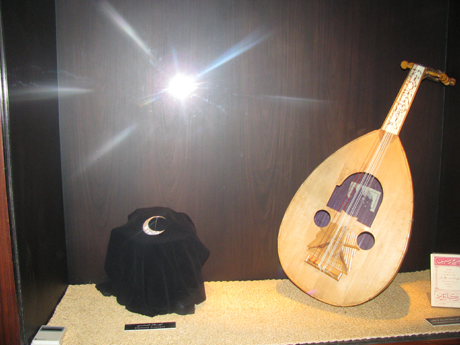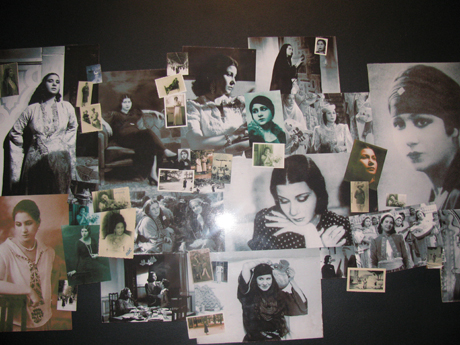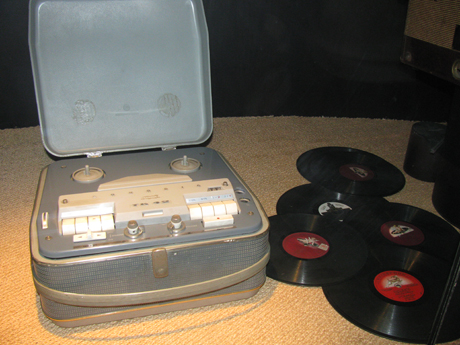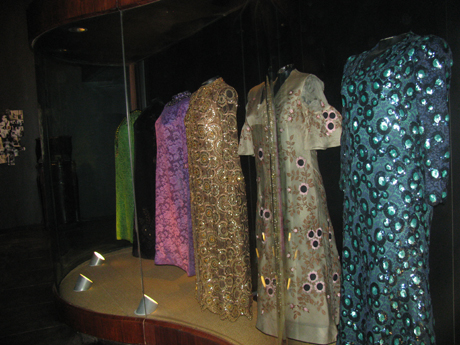Her deep, richly textured voice is the soundtrack of life in Egypt. From your taxi to the local deli, her songs are ubiquitous.
Umm Kalthoum (1904-1975) symbolises the complexity of Egyptian culture.
Her stage presence, shimmering dresses and iconic silk handkerchiefs are symbolic of the country's golden era.
The Umm Kalthoum museum is one of the most beautiful and romantic spots in Cairo. It is part of the Manesterly Palace and near the Nileometer on Roda Island.

(Photo: Amira Noshokaty)
The museum, which opened in 2001, contains the diva's personal belongings and a multimedia hall with a digital biography, a song collection and an archive of newspaper clippings about her life and career.
On entering you are greeted by her famous black sunglasses which she wore in her later days. The hall leads you to a long glass showcase of her medals of honour, handwritten letters, an oud and her famous crescent-shaped diamond broach, which she wore at her monthly concerts. The streets would be empty for two hours as families gathered around the radio to listen to her and newspapers would race to print her latest lyrics.
Umm Kalthoum began life as a peasant girl singing munshida (chants Sufi and religious praise). Along with her father and brother she performed at mulids and other religious ceremonies around her village of Tammai Al-Zahira in Daqahlia governorate.

(Photo: Amira Noshokaty)
Famous composer Sheikh Zakaria Ahmed heard her uniquely powerful voice and encouraged her to move to Cairo to launch a professional singing career. From the early 1930's to the early 1950's, she formed the so-called golden circle alongside Zakaria Ahmed and vernacular poet Beyram El-Tunsi. Helm, Ahl Al-Hawa, Ana fi Entezarak and many more stand as benchmarks of Egypt's musical heritage.

(Photo: Amira Noshokaty)
Further down the hall is a rare photo of Umm Kalthoum sitting casually dressed in the latest twenties fashion. Next to the life-sized image is her gramophone beside a collage of photos of her in films and at concerts.
In the mid-thirties she ventured into the world of cinema, where she starred and sang in musicals.
Among her greatest films are Wedad (1936), Dananir (1940), Aida (1942), Sallama (1945), and Fatemah (1947).
Her films were full of great songs by Badia Khairy, Beiram Al-Tounsi, and music by Zakaria Ahmed, Al-Qasabgi, and many others.
She never adopted a specific political agenda, but raised a lot of money to support the Egyptian armed forces in their wars against Israel.

(Photo: Amira Noshokaty)
Next to the room where a short documentary film about her is showing, there is a display cabinet of her most famous dresses, the last colorful sight as one exits this enchanting museum.

(Photo: Amira Noshokaty)

(Photo: Amira Noshokaty)
Despite being dead for almost 40 years Umm Kalthoum remains the definitive voice of Egypt.
Short link: